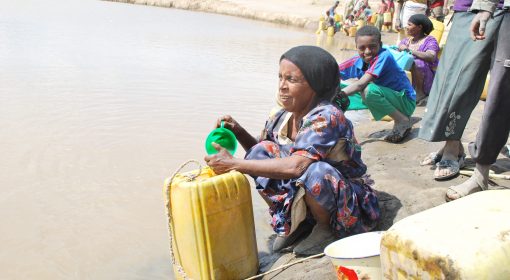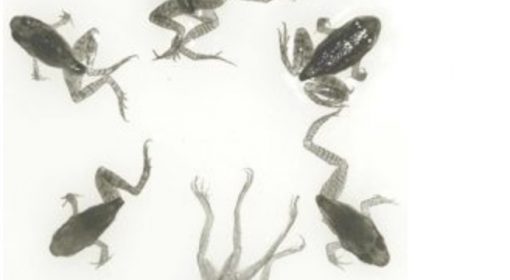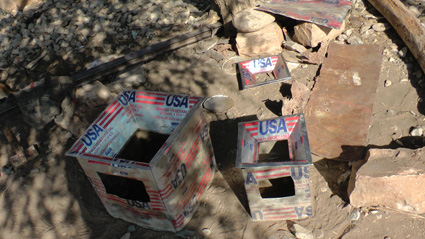March 09, 2013

Square, unwieldy and (often) yellow, jerry cans are a common sight in rural areas across the world. They were originally designed to contain fuel/cooking oil, and are probably quite suitable for that purpose. Ergonomically, they are perhaps least suited to fetching water from a public source and carrying it over long distances. Unfortunately, this is what precisely what rural communities worldwide have to use them for, for lack of better designs or their availability in their local markets. The result is a high incidence of spinal and back-related health hazards in such communities, especially amongst women.
Late last year, TheWaterChannel announced a competition calling for improved designs or marketing ideas. We received a large number of entries; including many that stood out for their ingenuity and some that were based on first hand experiences. The challenge was to identify one that addressed the multiple problems associated with jerry cans, and met the needs of the different kinds of users (women and children forming the majority).
Our panel of judges had a tough time picking a winner. After much discussion and disagreements, the ‘Water Bag’ and the ‘Water Body Pack’ emerged as the top two entries and have been picked as joint winners. Many congratulations to the winners- Mihiret Brook (Water Bag) and Abel Assefa, Abel G/Hanna, Alpha Yacob, Earmias Almaw, Kidus Wubshet (Water Body Pack)!
The Water Bag integrates the idea of a roller and a hiker bag. It is a container that can be carried on the shoulders like a backpack and also rolled along the ground where terrain permits.
(Click here to view detailed concept note)

The Water Body Pack concept builds on the common practice of rope-making among rural communities, and the availability of recycled PET bottles and jerry cans. The mechanism allows multiple bottles/jerry cans to be strapped together with ropes, in a way that they can be worn together like a backpack.
(Click here to view detailed concept note)

To take the good work forward, we will be working closely with both the winners in the coming months on further refining the designs and developing appropriate marketing strategies. We also plan to test prototypes with some of the communities we think could benefit from them.
Much work would need to go into all this, and we need your support and inputs! Do you spot scope for improvements to these designs? How do you think these would work where you live/work? What could help/hinder marketing them effectively?
Please share your thoughts/suggestions in the comments section below.
{jcomments on}


